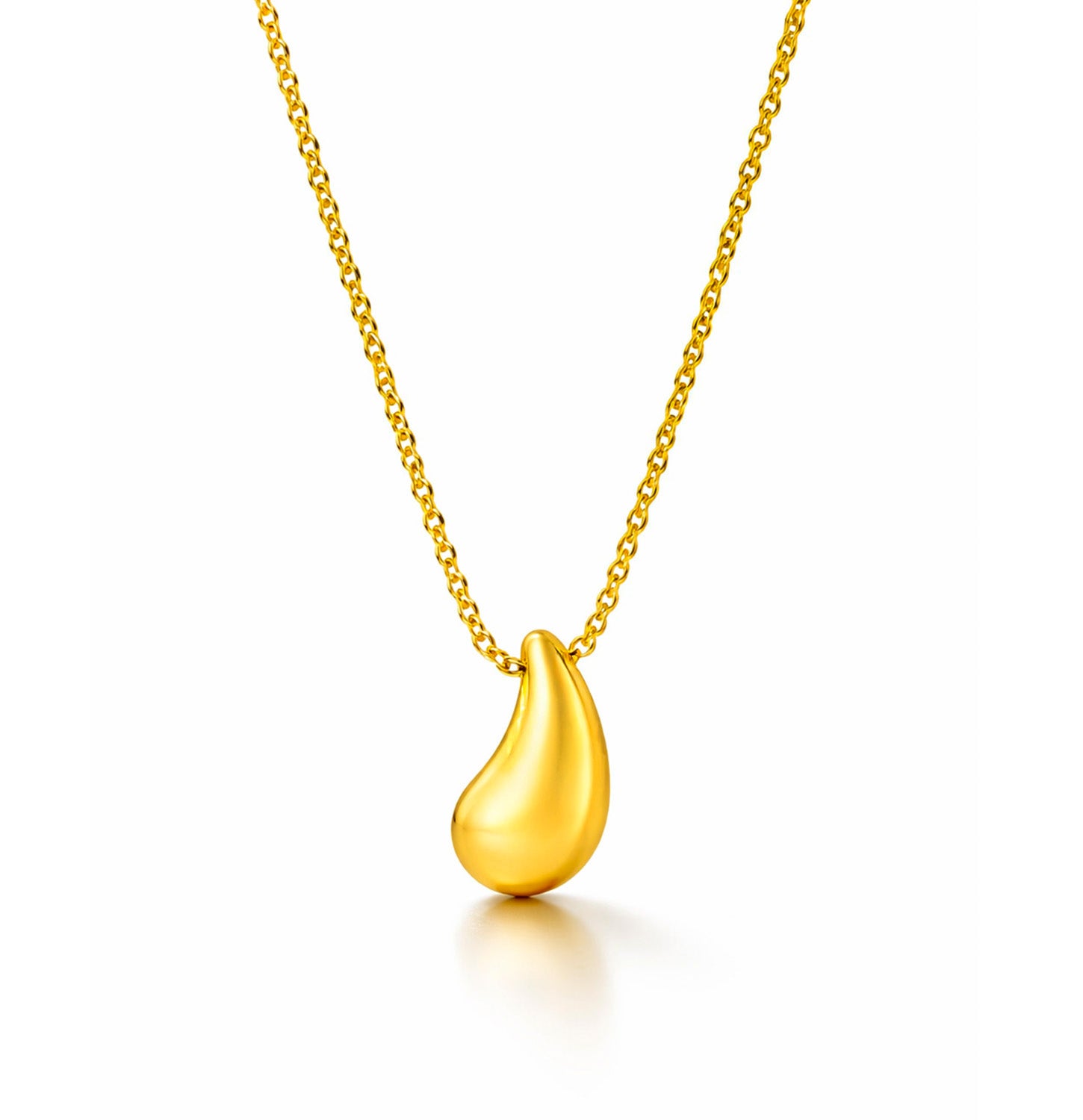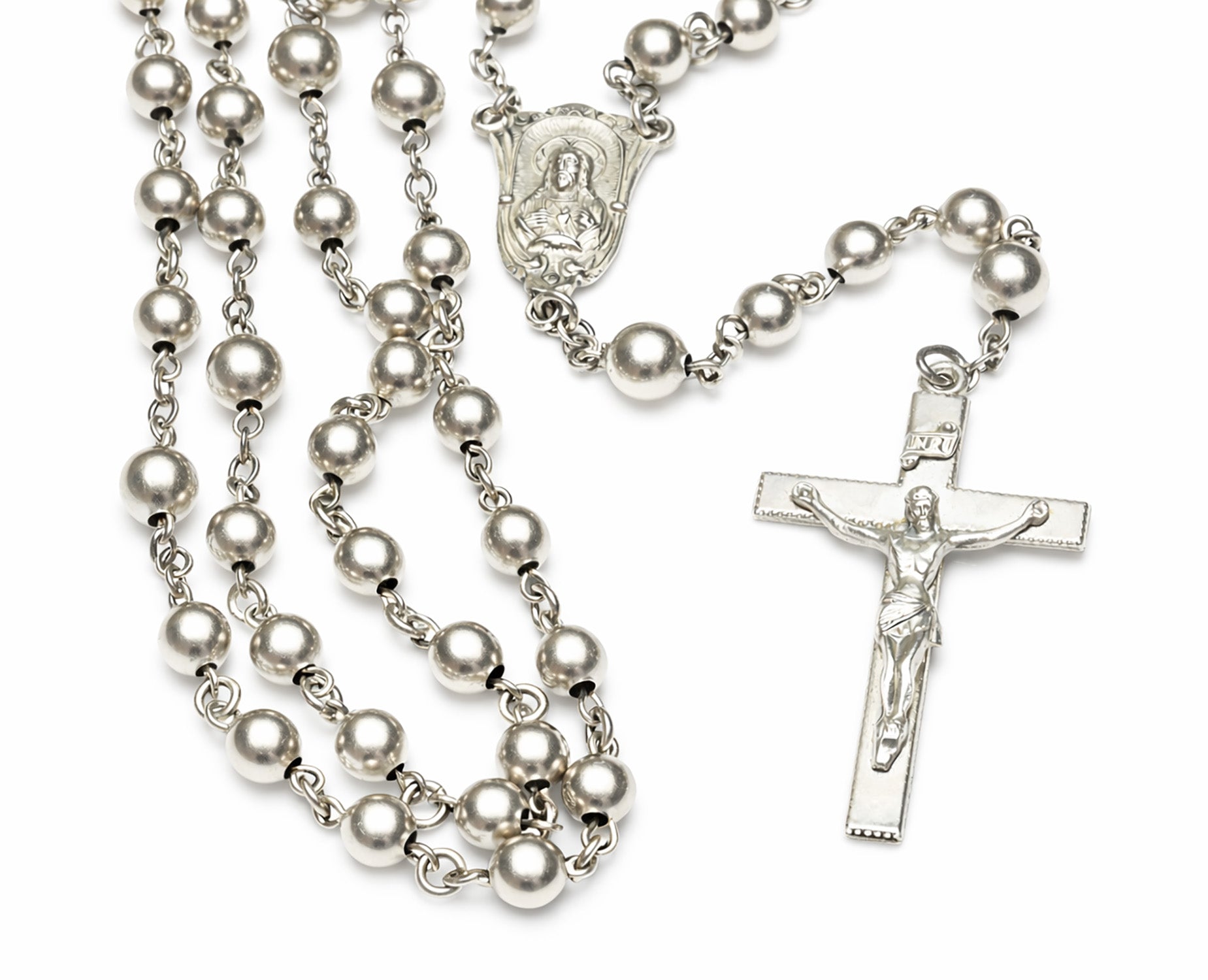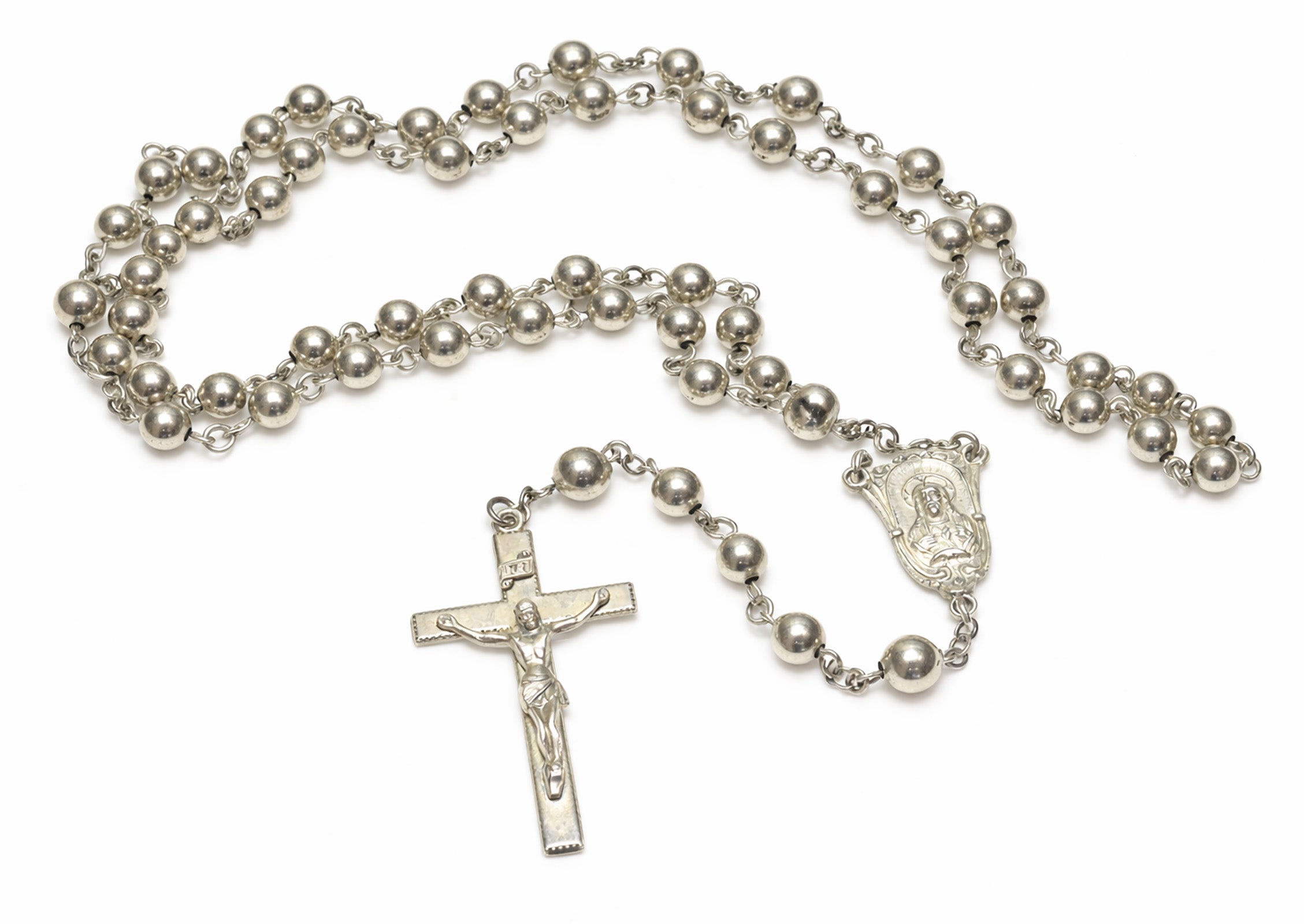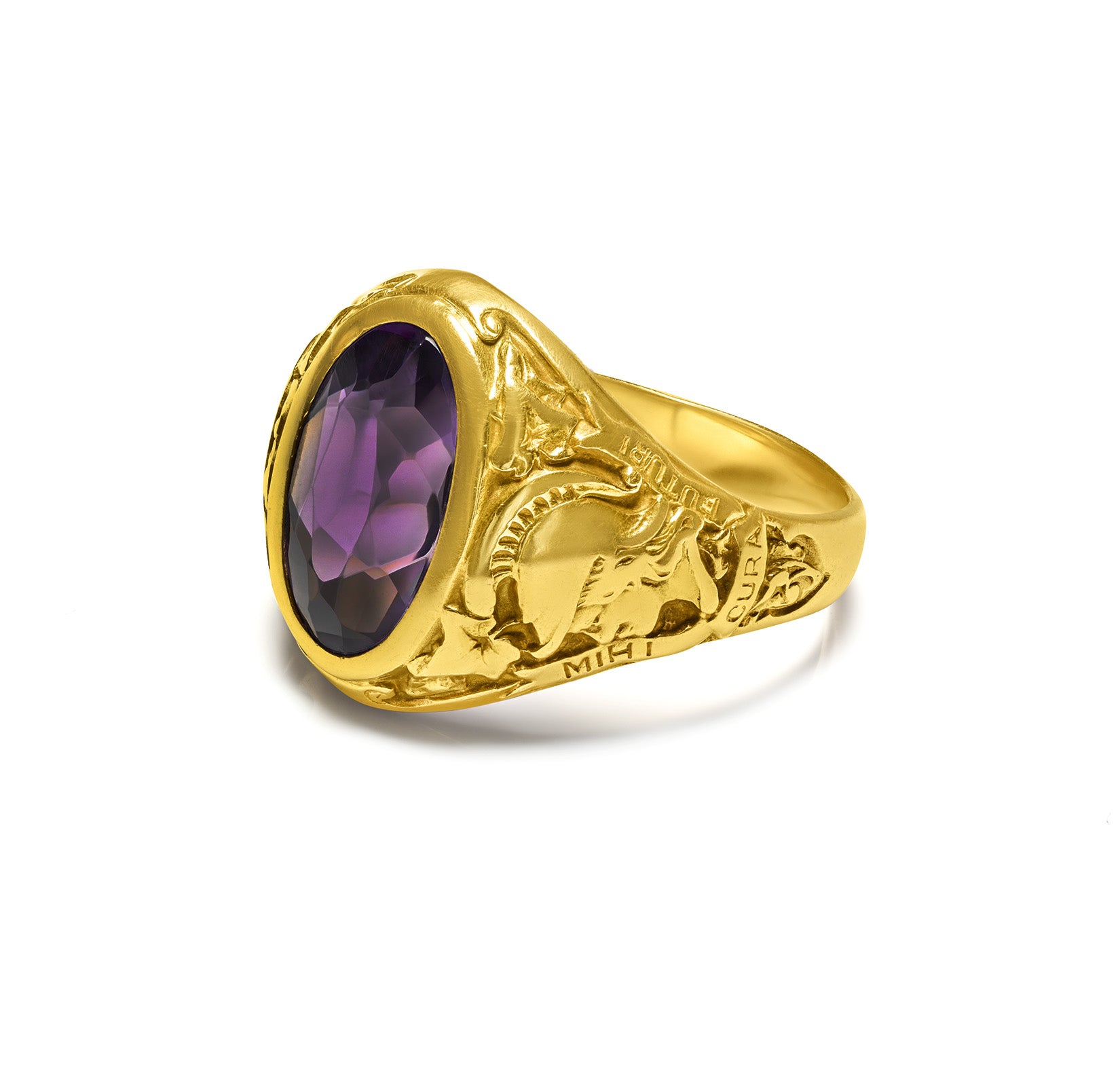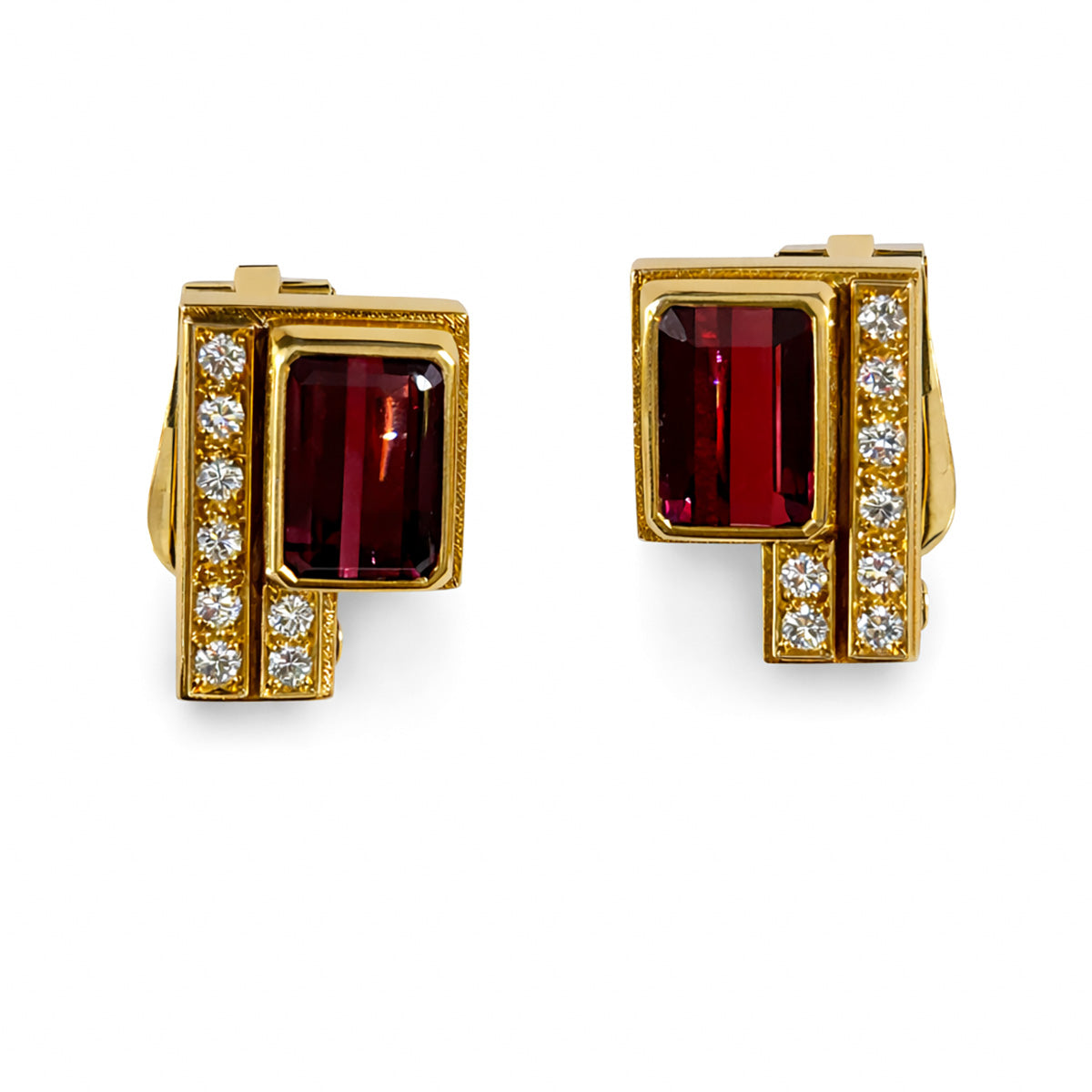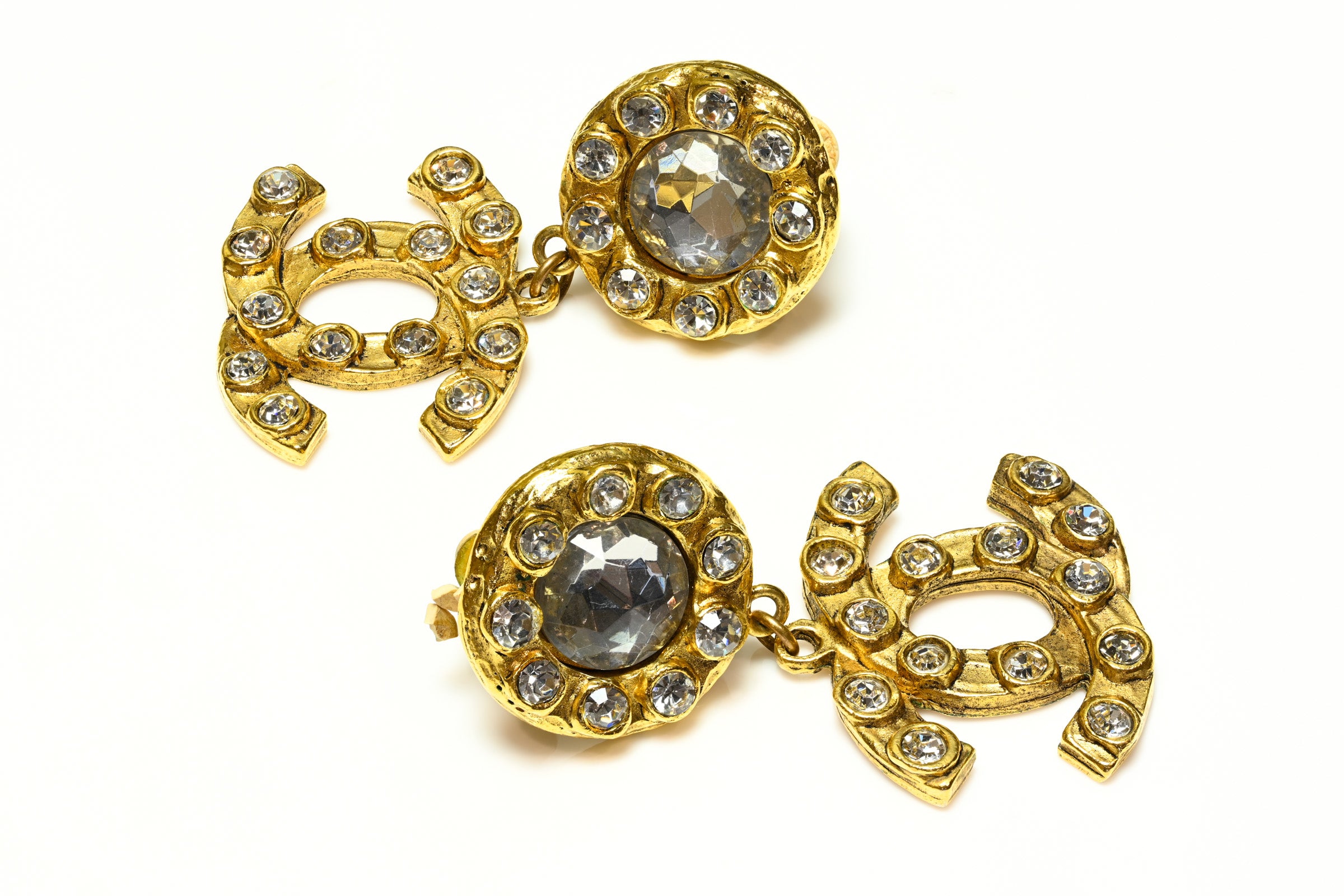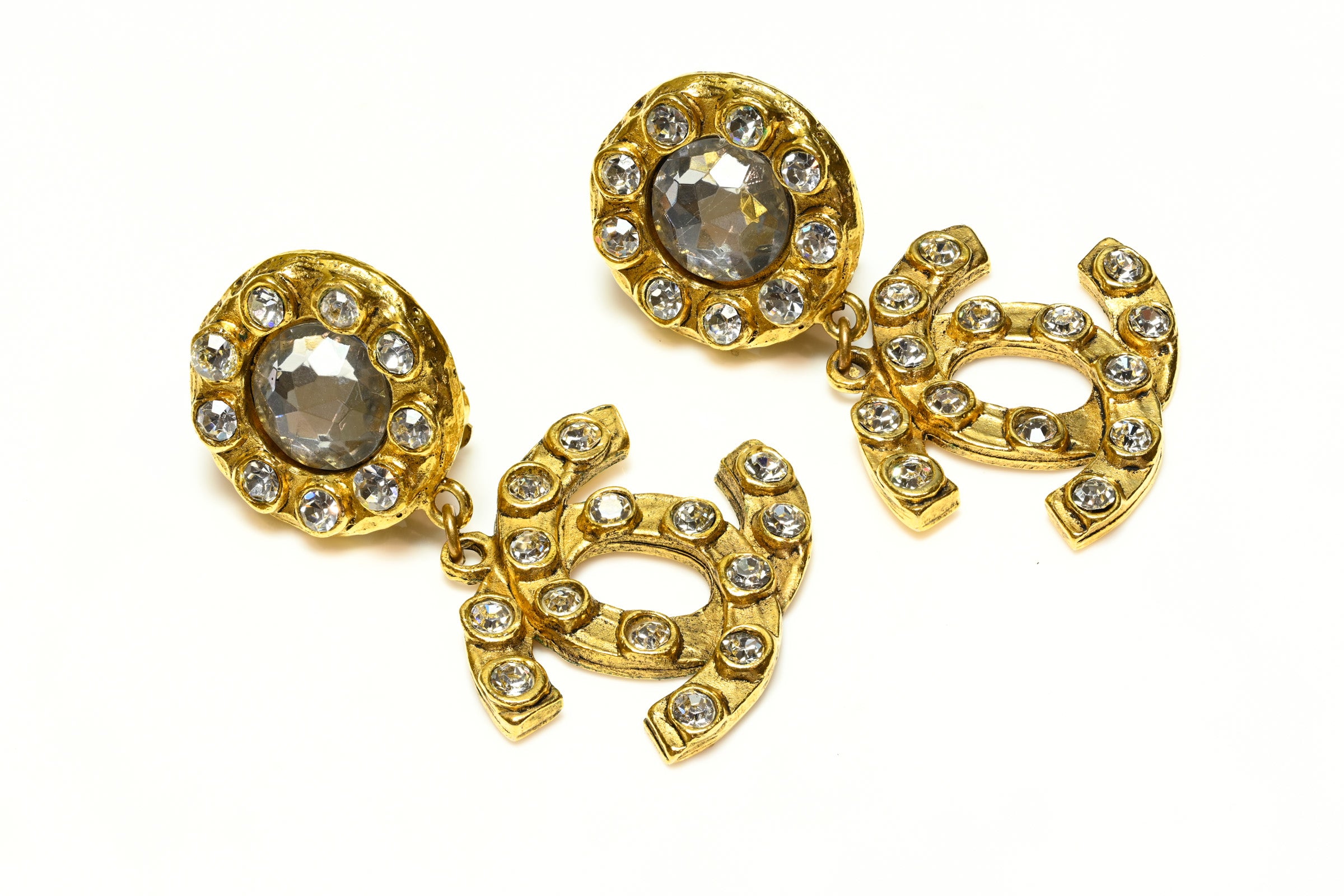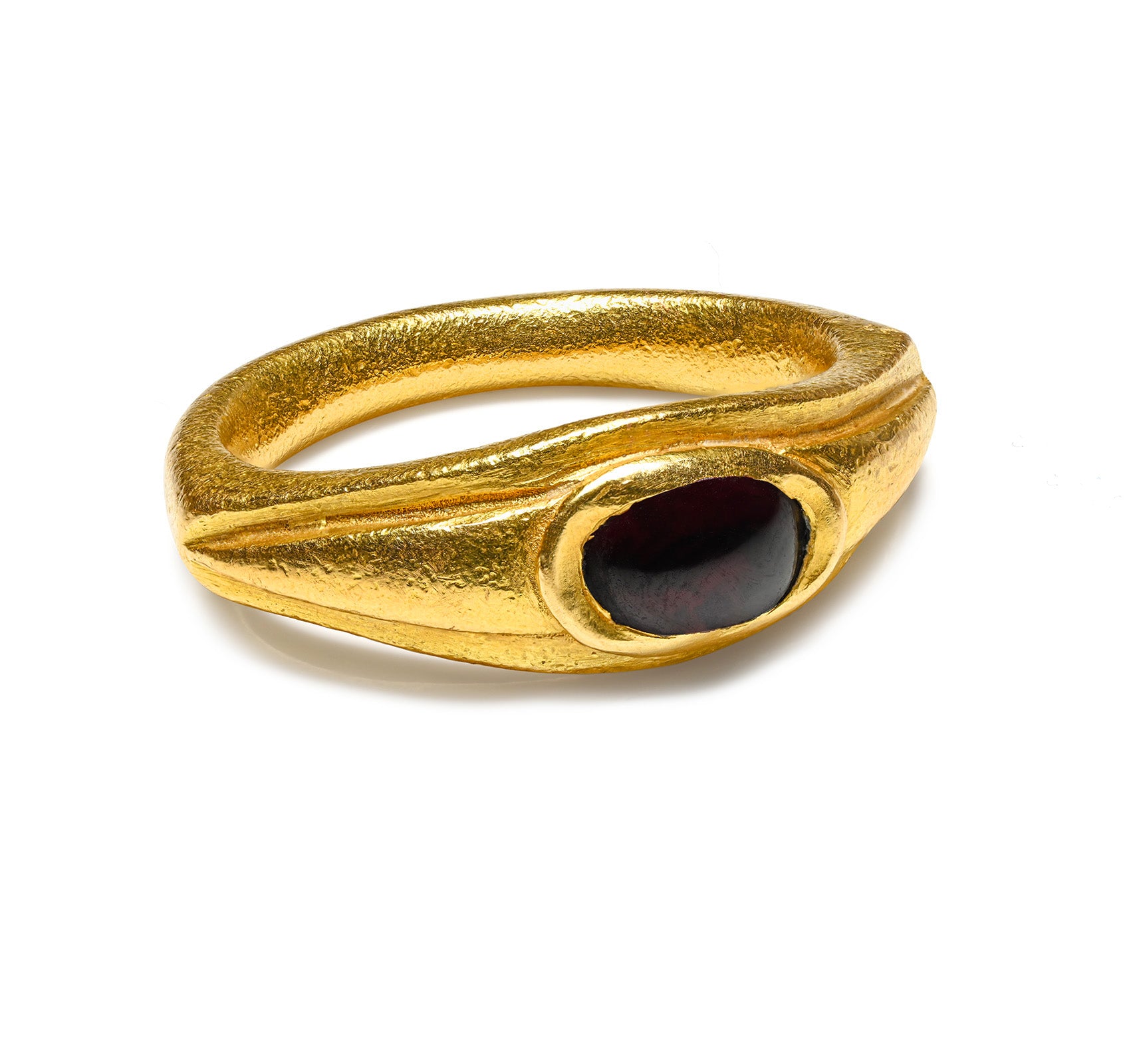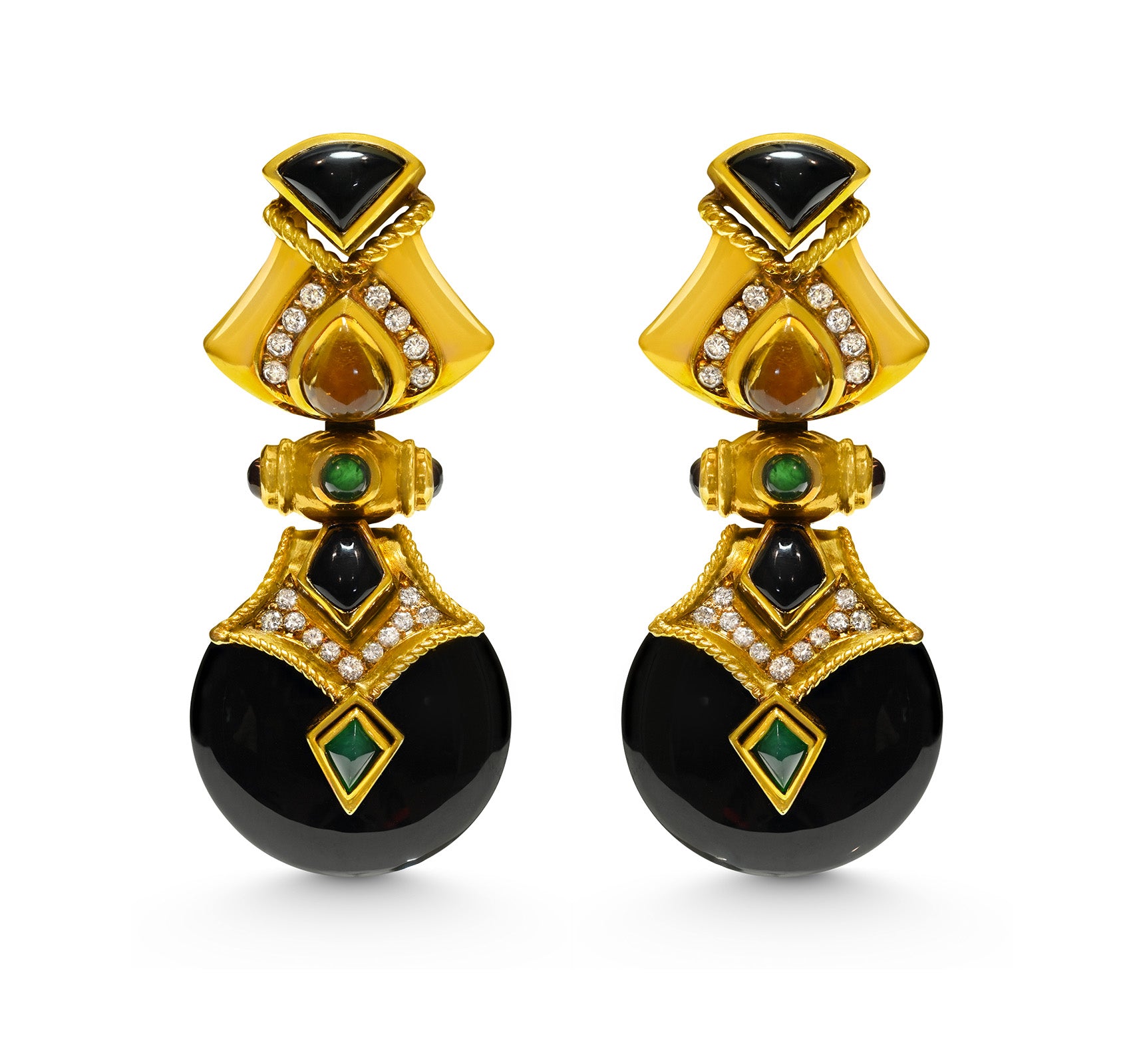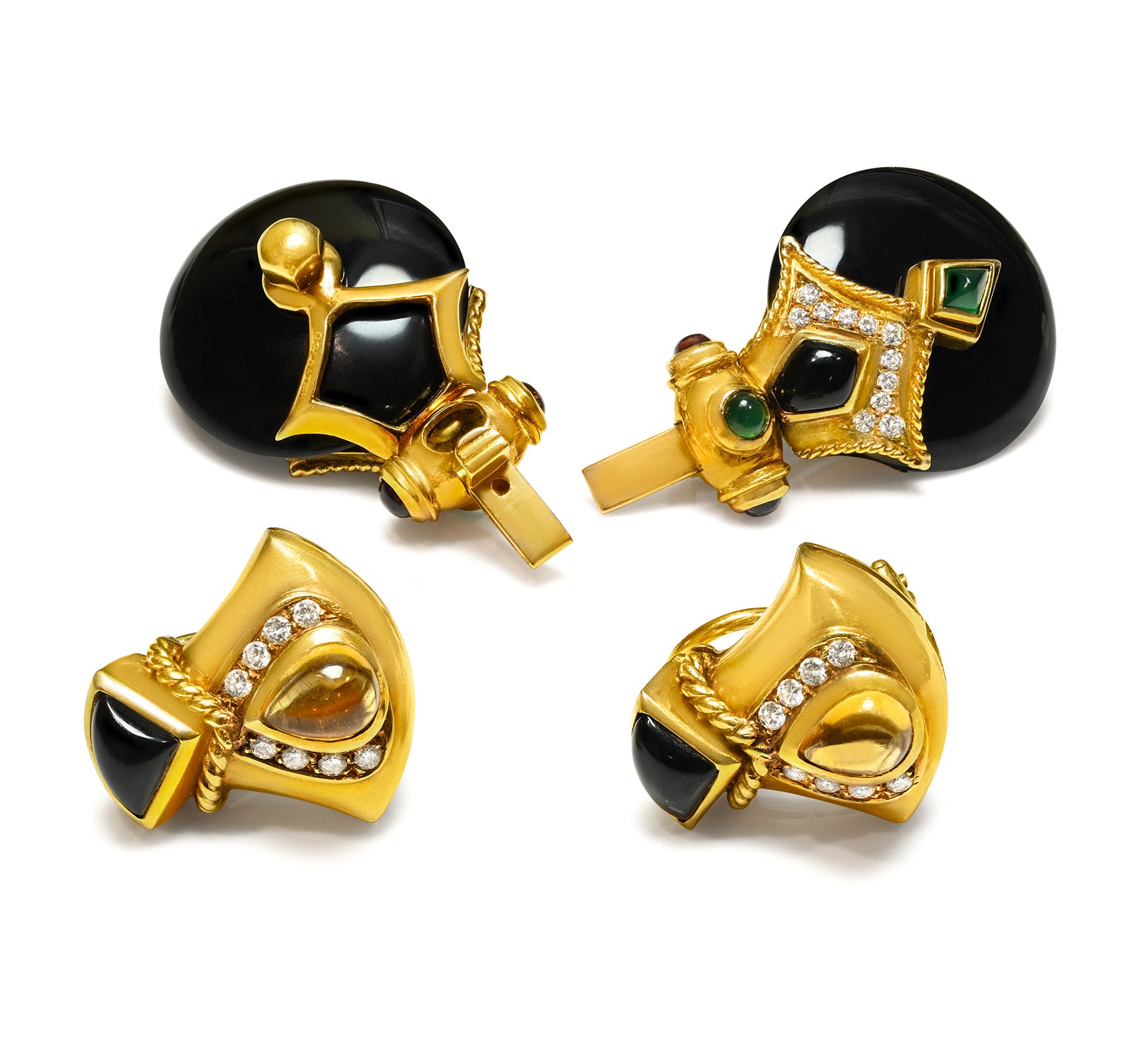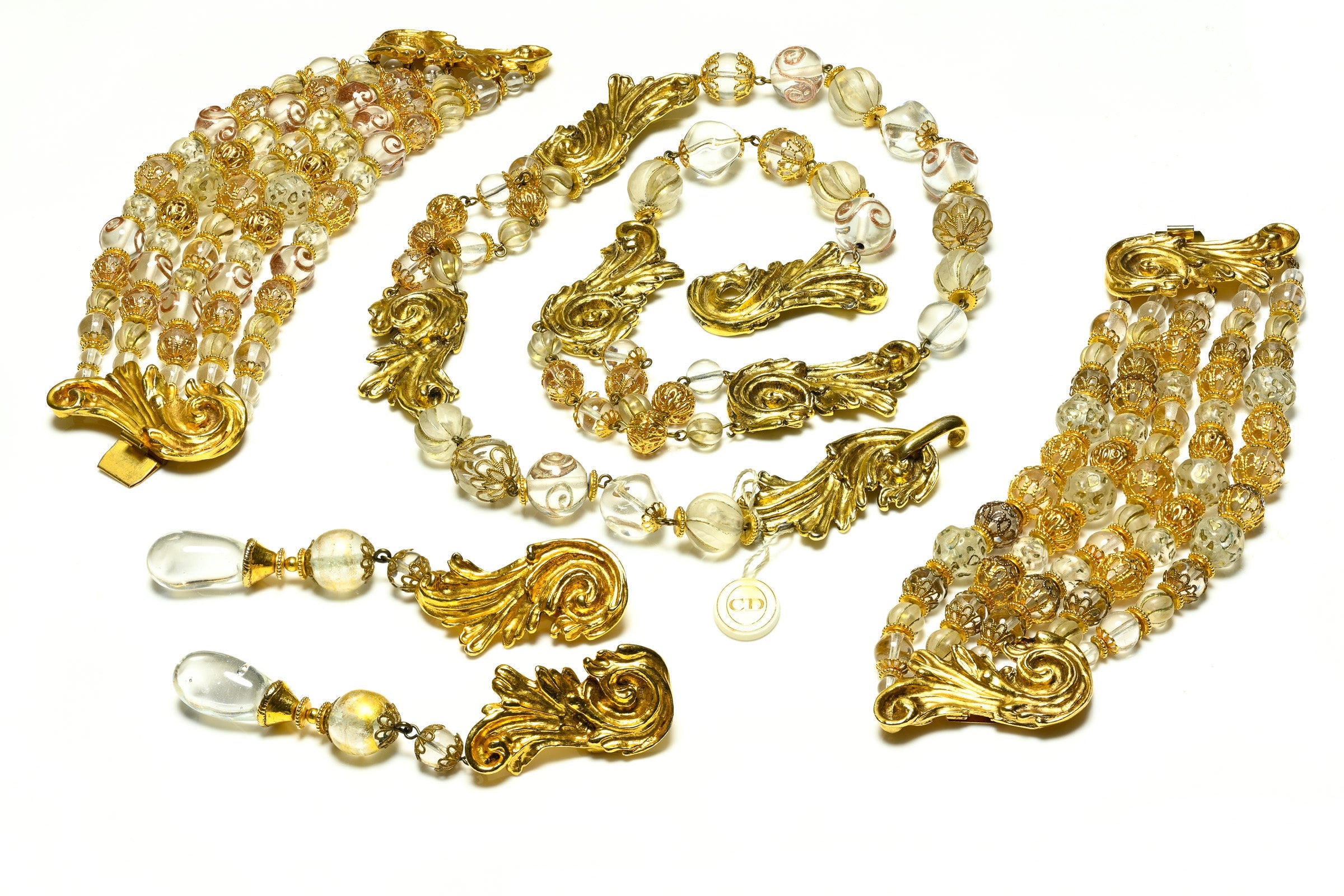
Baroque Splendor: Extravagant Pearl and Gemstone Jewelry
Baroque jewelry, with its extravagant designs and innovative techniques, represents the height of opulence in 17th-century goldsmithing.
This era, defined by lavish use of pearls, gemstones, and intricate floral motifs, brought a revolutionary new aesthetic to jewelry, influenced by the broader Baroque art movement.
Discover how baroque craftsmanship and exuberant designs transformed the world of luxury adornments for Europe’s nobility and queens.
An Era of Opulent Goldsmithing
In the 1600s, Baroque jewelry marked a pivotal moment in the evolution of goldsmithing, both in technique and style. This period coincided with the rise of the Baroque artistic movement, which redefined the conventions of art across all disciplines.
Baroque art challenged classical ideals of proportion and harmony, encouraging artists to explore creativity beyond traditional rules. This led to a style characterized by extravagance, ornate details, and fantastical elements. In painting, sculpture, architecture, and even jewelry, the Baroque was synonymous with opulence and complexity.
The word baroque is derived from the Portuguese term barroco, meaning "irregular," which aptly describes the new aesthetic. Over time, the term came to embody ideas of extravagance and excess, which perfectly aligned with the designs of Baroque jewelry.
A fascinating note: The word barroco also refers to irregularly shaped pearls, which were the hallmark of Baroque jewelry. These baroque pearls became iconic symbols of the era, frequently used in lavish jewelry pieces.
The Evolution of Baroque Decoration
The Baroque period introduced groundbreaking innovations in goldsmithing techniques, as well as a new fashion for floral motifs in jewelry. Among the most notable developments was the invention of the rose cut, as well as the popularization of enamel on gold.
Before the 1600s, master goldsmiths used a flat cut for precious stones, allowing only the top surface of the gem to be visible. This limited the light's ability to penetrate and enhance the stone's brilliance. In the 17th century, diamond cutters in Amsterdam perfected the rose cut, which added multiple facets to the stone, dramatically increasing its brilliance and allure.
At the same time, enamel on gold gained popularity, thanks to innovations by French artist Jean Toutin. This technique became widespread in Baroque jewelry, often appearing on watch cases and the intricate backs of necklaces and brooches.
The Elegance of Detail in Baroque Jewelry
As Baroque tastes gravitated towards lavish excess, so too did jewelry design. The discovery of exotic plants and flowers from the New World introduced new motifs, such as lilies, tulips, and tropical leaves. These were meticulously engraved or painted with enamel using the latest techniques, transforming them into stunning jewelry designs.
One of the era's most distinctive features was the use of ornamental bows. Originally embellishing earrings, necklaces, and bracelets, these bows evolved into standalone jewelry pieces, celebrated for their intricate craftsmanship.
One of the most famous designs from the Baroque period was the Sévigné brooch, a tassel brooch with pointed, downward-facing ends. This piece was named after the Marquise de Sévigné, a notable French writer of the time, who popularized the design. Her portrait, painted by Claude Lefèbvre, immortalizes the Sévigné brooch in all its splendor.
Baroque Pearls: Symbols of Luxury for Queens and Nobles
Throughout history, pearls have been symbols of wealth and refinement. During the 17th century, Baroque pearls were particularly beloved by royalty and nobility, often embellishing everything from jewelry to elaborate gowns.
One of the most iconic representations of pearl opulence can be seen in the famous portrait of Queen Elizabeth I, attributed to George Gower. In this painting, the Queen of England wears multiple pearl-adorned accessories: a six-strand necklace, earrings, and a lavish decoration atop her hairstyle. Additionally, pearls accentuate the wide sleeves and bodice of her gown, along with bows encrusted with gems and gold.
Conversely, pearls also took center stage in Johannes Vermeer’s famous painting, Girl with a Turban, commonly known as Girl with a Pearl Earring. Despite depicting a girl of modest social status, the painting's true protagonist is the earring itself, symbolizing simplicity yet profound elegance.
Emblematic Jewelry of Baroque Fashion in Spain and France
A striking evolution of the brooch emerged in Spain during the Baroque era: the corset ornament. This elaborate piece of jewelry, crafted from gold thread, pearls, and precious stones, covered the entire bodice of women’s dresses, from neckline to waist, and was fastened to the gown with a rigid fabric backing.
A notable example of this can be seen in the portrait of Marie de Medici, Queen of France, painted by Frans Pourbus the Younger. In the painting, the Queen’s dress is adorned with an exquisite corset ornament, richly decorated with pearls and large gemstones set in gold.
These extravagant corset ornaments became symbolic of Baroque fashion in both France and Spain, embodying the grandeur and excess that defined the era's aesthetic.



